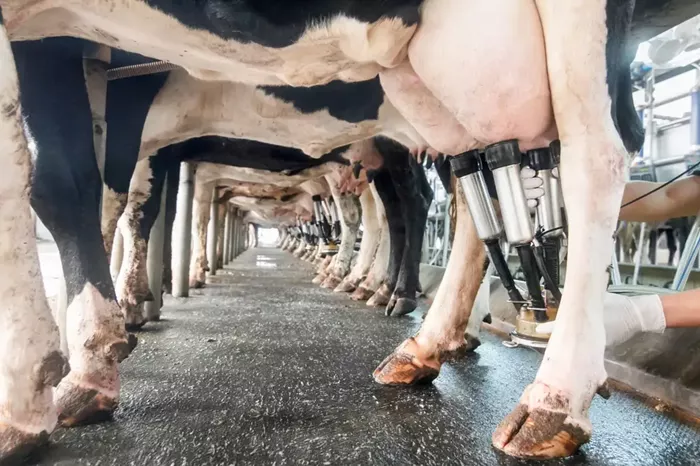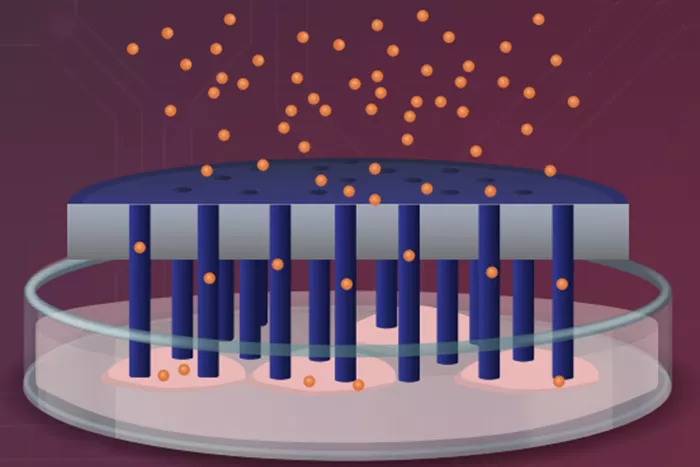A comprehensive study conducted by Dr. Marit van der Zeijden, a doctoral graduate of the Riddet Institute, sheds light on significant differences in protein composition between once-a-day (OAD) and twice-a-day (TAD) milking systems. Dr. van der Zeijden’s research, conducted as part of her PhD program, compared milk samples from cows under both milking regimes, uncovering implications for milk processing and quality.
The study, conducted at two Te Kunenga ki Pūrehuroa Massey University research farms in Palmerston North, analyzed bovine milk from cows subjected to OAD and TAD milking. Notably, the research examined protein composition across the entire milking season, providing insights into variations throughout different stages of lactation.
Dr. van der Zeijden’s findings revealed that milk from OAD milking systems exhibited higher proportions of αs2 casein and κ-casein, while α-lactalbumin levels were lower compared to TAD milking. These differences could impact milk processing and quality due to their influence on gelation and heating properties.
Unique to this study was its approach of analyzing full-milking samples at nine pivotal stages of the milking season, categorized by lactation stage and day. Furthermore, the research focused on cows best suited to each milking regime, rather than temporary switches often studied in similar research.
The study emphasizes the multifaceted factors influencing protein composition, including the time in the season, lactation stage, and breed of cow. Jersey cows, for instance, exhibit distinct protein and milk fat content compared to other breeds.
While twice-a-day milking remains predominant in Aotearoa New Zealand, the rising popularity of OAD milking for its lifestyle benefits underscores the relevance of this research. Supported by funding from the Ministry of Business, Innovation and Employment’s New Zealand Milks Mean More research program, and in collaboration with the Riddet Institute, this study contributes to advancing understanding in dairy farming practices and optimizing milk production processes.

































